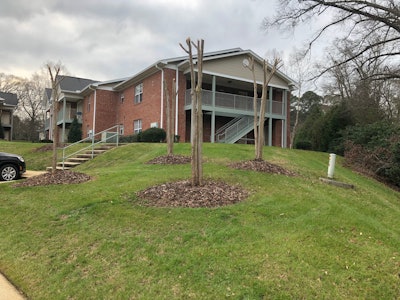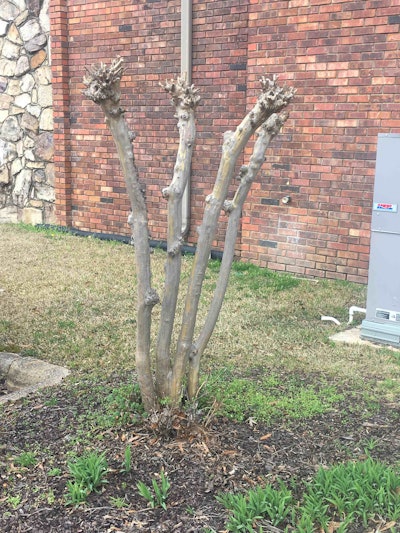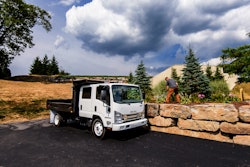 Photo: Jill Odom
Photo: Jill OdomOnce again, landscapers are getting away with murder and homeowners are blithely unaware there is anything wrong with the monstrosities they are committing.
Now, I’m not talking about actual murder but the forever cruel practice of “crape murder.” This is when a landscaper tops a crape myrtle in the belief that they are helping it or is convinced that topping is a good form of pruning.
Crape myrtles are an elegant staple of the South. They are particularly resilient, and this is part of the reason crape murder continues to go unchecked. Because these trees tend to survive their maiming every year, people assume that it must be okay and continue the practice.
It is also prevalent due to the assumption among both landscapers and homeowners that if others are doing it, then it must be right.
These trees bloom on new wood, so some may believe that they are increasing the number of the blooms the crape myrtle will produce during the summer. While the blooms will, indeed, be bigger, there are fewer and they will grow on weak new shoots that tend to flop over and droop after summer rains.
 Crape myrtles continuously pruned incorrectly form knobs like the one in the picture.
Crape myrtles continuously pruned incorrectly form knobs like the one in the picture.Photo: Jill Odom
Another commonly cited reason for topping crape myrtles is often because the plant has outgrown its space, but this can be easily avoided by selecting the right cultivar for the area. There are many varieties with mature sizes ranging from 3 to 30 feet, so saying a tree got too big should never be the excuse for simply chopping the top off of a crape myrtle.
Aggressive pruning results in many shoots growing from the top of the cut stems, ruining the plant’s natural form. Not only does this method of pruning scar the tree, but it can encourage pest problems, such as aphids, and weakens the plant overall.
Choose the right size
You’ve probably heard it a million times about using the right plant for the right place, but this mindset cannot be overstated. There are so many issues you can avoid by simply being mindful of where you are placing a plant and how large it will become at its mature size. When you choose the properly sized crape myrtle cultivar, you won’t have to face the dilemma of having to severely trim it back to make it fit in a space.
Click here to view a number of cultivars broken down by their height, as well as their flower color and resistance to mildew.
The right way to prune
The first thing to understand is that when crape myrtles are planted in the right place, they need very little, if any, pruning.
If pruning is carried out, it should be done during the late winter or early spring prior to new growth. Pruning crape myrtles in the late summer or early fall can result in new shoots freezing if they fail to go fully dormant.
For the first few years of growth, pruning should be conducted to encourage the natural vase-like shape.
This includes removing suckers from the bottom of the plant, removing crossed, damaged or diseased branches and thinning out small twiggy growth to allow air to better circulate in the canopy.
For crossed branches, remove the weaker of the two limbs rubbing. As the trees age, less pruning should be needed.
“A well-trained crape myrtle will not need yearly pruning, so continue that practice only as needed to develop sound structure and enhance the plant’s health,” the Virginia Cooperative Extension writes.
Repairing the damage
If a client or a previous landscaping company has committed crape murder, all is not lost, but it will take drastic measures and time for the tree to recuperate. There are two options when it comes to rehabilitating a crape myrtle, according to the North Carolina Cooperative Extension.
One method is to choose the strongest two or three sprouts from each stub and then remove all the other sprouts. Continue this procedure for a few seasons and the tree should improve and become stronger.
The more extreme choice is to cut the tree back to within one or two inches of the ground during dormancy. After two or three weeks of growth, choose three to five of the strongest shoots on each trunk and remove the others. Remove the new shoots that emerge later. Three to five years later, the crape myrtle will have returned to the form that nature intended.
Crape murder is never done purposefully with ill intentions, which is why it is important to continue to educate your peers and customers of the harm this practice does to these beautiful and durable plants.











